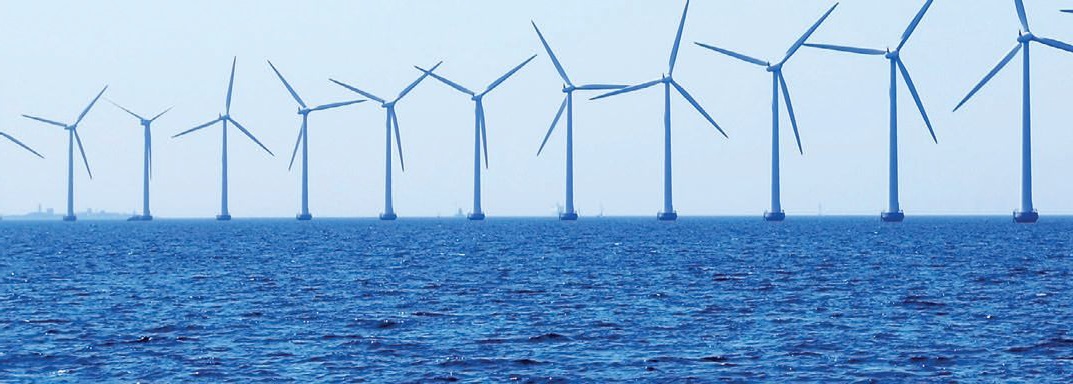The future of offshore wind technology
Edward P. Salek, CAE, Executive Director | TLT Headquarters Report August 2011
One of the world’s leading experts examines the key technical challenges at the 2011 International Joint Tribology Conference.


Dr. Mike Robinson authored the Wind Turbine Technology chapter in DOE’s 20% Wind Energy By 2030 report, which establishes the roadmap for U.S. domestic wind development.
For more than 50 years, the International Joint Tribology Conference (IJTC) has been known as the place where thought leaders in tribology gather to share research and discuss future challenges.
This year’s meeting, Oct. 24-26 in Los Angeles, Calif. (USA), promises to expand and enhance that reputation thanks to the usual strong technical program and a keynote speaker with especially keen insight to the technical challenges related to offshore wind energy development.
Dr. Mike Robinson serves as deputy center director of National Renewable Energy Laboratory’s National Wind Technology Center (NWTC). He is currently on a two-year assignment in Washington, D.C., as the chief technology officer to the Department of Energy’s Wind and Water Power Program.
The NWTC has been the leading U.S. institute in wind technology development for more than 25 years and was recently selected to lead a marine and hydrokinetic ocean technology development center under the DOE Wind and Hydropower Program. The NWTC has more than 70 full-time technical staff members, including scientists, engineers, economists and analysts involved in a broad spectrum of wind and ocean research activities that address basic and applied research needs.
In 2008 Robinson was the lead author of the Wind Turbine Technology chapter in DOE’s
20% Wind Energy By 2030 report that establishes the roadmap for domestic wind development in the U.S.
His keynote address at the IJTC will explore the current state and future prospects for “Offshore Wind Technology Development.” The presentation abstract submitted by Dr. Robinson explains the focus of his talk:
“Offshore wind is a significant strategic renewable energy resource for the nation and worldwide with a gross total potential exceeding 4,000 gw within 50 nautical miles of the U.S. coastline. Offshore wind turbine technology has evolved from land-based architectures with two critical paths—fixed bottom foundations for extracting energy in shallower water and deep water floating architectures. The economies of scale continue to drive both the turbine and wind plant size, leading to enhanced energy capture and energy production costs that are competitive with conventional fuel generation. This presentation examines the evolution in technology, remaining technical challenges and market barriers to future deployment.”
The IJTC is co-sponsored by the Tribology Division of ASME International and STLE. Dr. Robinson’s presentation occurs during the awards luncheon scheduled for Tuesday, Oct. 25.
The 2011 IJTC schedule also includes technical sessions, special symposia and a student poster competition. This year the conference is proud to host the Symposium on Biomimetrics and Green Tribology, the Symposium on Science and Technology for Condition-Based Monitoring and the second-year meeting of the Symposium on Particle Tribology.
Program details and registration for the conference are now available at
www.stle.org. Hotel reservations at the Los Angeles Marriott Downtown also can be made through the STLE Web site.
If you plan to attend this year’s IJTC, the time to act is now. The Early Bird discount, which saves you $100 on the meeting’s registration fee, expires Sept. 26.
 You can reach Certified Association Executive Ed Salek at esalek@stle.org
You can reach Certified Association Executive Ed Salek at esalek@stle.org.